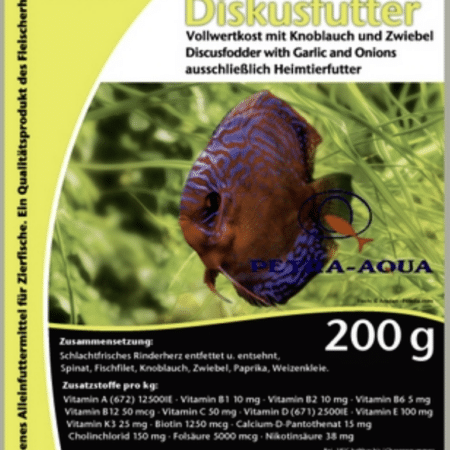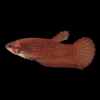To provide the best experiences, we use technologies like cookies to store and/or access device information. Consenting to these technologies will allow us to process data such as browsing behaviour or unique IDs on this site. Not consenting or withdrawing consent, may adversely affect certain features and functions.
The technical storage or access is strictly necessary for the legitimate purpose of enabling the use of a specific service explicitly requested by the subscriber or user, or for the sole purpose of carrying out the transmission of a communication over an electronic communications network.
The technical storage or access is necessary for the legitimate purpose of storing preferences that are not requested by the subscriber or user.
The technical storage or access that is used exclusively for statistical purposes.
The technical storage or access that is used exclusively for anonymous statistical purposes. Without a subpoena, voluntary compliance on the part of your Internet Service Provider, or additional records from a third party, information stored or retrieved for this purpose alone cannot usually be used to identify you.
The technical storage or access is required to create user profiles to send advertising, or to track the user on a website or across several websites for similar marketing purposes.














Emily Carter (verified owner) –
I recently welcomed a Blue Alien Hybrid Betta Female into my aquarium, and I couldn’t be more thrilled! The metallic royal blue sheen on her scales is simply mesmerizing – she immediately became the star of my tank! I’ve been an aquarium enthusiast for over five years, and I can confidently say that this Betta splendens is among the most vibrant I’ve ever owned.
After about two weeks of careful acclimation, she’s settled in beautifully, showing off her playful personality and vibrant colors. She’s been a delight to watch, and I love how her presence brings life to my freshwater fish habitat. It’s also reassuring to know that she’s a labyrinth fish, which means she’s quite adaptable and easy to care for.
While I did notice she can be a bit shy at first, she quickly warmed up to my other tank mates (a few peaceful guppies). One thing to keep in mind is that she thrives best in a well-planted tank with plenty of hiding spots. I highly recommend this Betta for both beginners and experienced aquarists who want an eye-catching addition to their aquarium. Overall, I’m beyond satisfied and would definitely purchase again!
Emily Carter (verified owner) –
I recently purchased the Blue Alien Hybrid Betta Female, and I am absolutely thrilled with her! This little beauty is a stunning metallic royal blue that catches the light beautifully in my planted aquarium. After keeping her for about two months, I can confidently say she’s a delightful addition to my collection of freshwater fish.
Her vibrant color and graceful swimming really bring my tank to life. I love how she’s not just visually stunning but also very active and curious, making her a joy to watch. I’ve noticed she interacts well with my other fish and doesn’t show signs of aggression, which is a relief as some bettas can be quite territorial.
One thing to note is that she prefers slightly warmer water, so I’ve made sure to keep my tank temperature around 78-80°F. This has helped her thrive, and I’m pleased to see she’s very healthy. Compared to other bettas I’ve had, this one seems to adapt better and has a lovely personality.
I highly recommend this betta for anyone wanting to create a beautiful aquatic scene or for those looking to add a vibrant fish to their tank. She’s perfect for both beginners and more experienced hobbyists. Just make sure to provide plenty of hiding spots in the tank for her comfort. I would definitely buy again!